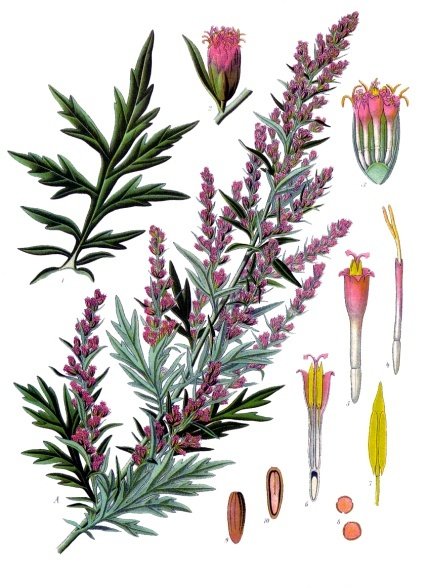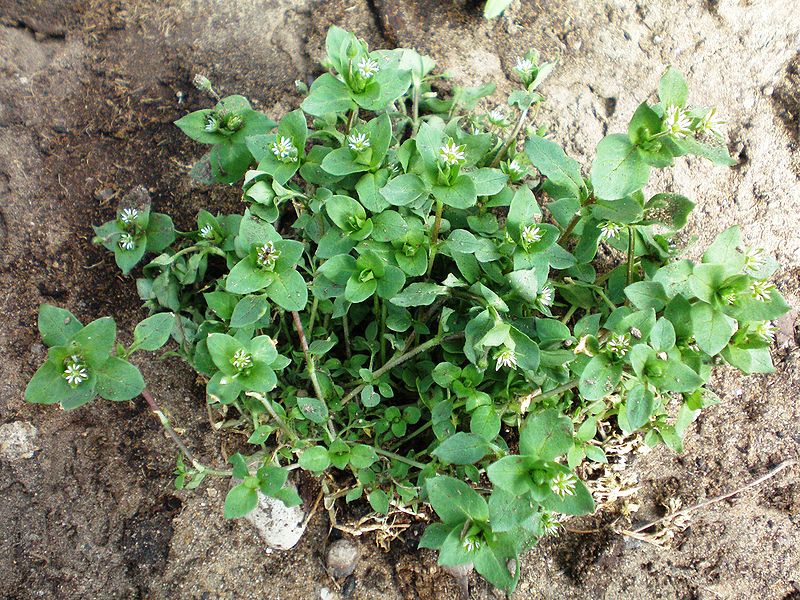
Soon: if you sow seeds this week, you can expect to eat tender young greens within a month.
Finally, a good soaking rain! An inch earlier in the week, and now the rain gauge is showing another inch since last night. The total for the last 365 days has risen to close to 90 percent of normal, whereas it’s been hovering between 15 and 20 percent below normal for more than a year. I am hopeful that the drought of the past two years is over.
Once the rain stops, it will be time to plant cold-tolerant crops in the vegetable garden (see below) and to get out into the woods to look for signs of spring. Skunk cabbage is well up, its bright green leaves half unfurled; pussy willow is in full bloom; many spring blooming plants are emerging.
Here are some more garden tasks for the coming week:
— water new plantings: April Fool! We’ve had two inches of rain this week so far, so no need to water, but check back here weekly for updates. In any week in which we receive less than an inch of rain, water all plants installed this spring or last fall. How do you know when we’ve received an inch of rain? You can make a highly sophisticated rain gauge–an old yogurt container placed on the ground among the plants. A tunafish or catfood can works equally well. I total the weekly rainfall and decide whether to water my new trees or my clients’ new plantings each week.
— continue to start vegetable seeds indoors. You’ll find a schedule here. Get the vegetable garden ready for the coming season by raking the soil smooth and adding compost or well-rotted manure (compost can simply be spread on top of the soil; manure should be mixed in). And plant seeds of cool-weather crops such as mesclun, spinach, arugula, peas, and beets in the garden.
— Don’t clean up the perennial garden yet. It supplies food and cover for birds, butterflies, and other wildlife all winter. Wait another few weeks, even a month, until most plants are in active growth. There is one exception to this rule: if your garden, like mine, is covered with leaves of Norway maple trees, which form a solid barrier to new growth, remove those leaves gently. I uncovered my shade gardens this week and found that asters, columbine, Virginia waterleaf, and many other native shade plants were putting out new growth.
— but do collect seeds. Even though I’ve been collecting seed since last summer, plenty remains for the birds. Through the winter I saw nuthatches, chickadees, titmice, juncos, several species of sparrows, woodpeckers, kinglets. Now the robins are back, and year-round residents like chickadees and cardinals are very active. Be sure to elave them some seed.
— plan for the coming season: Notice things that did great and things that didn’t, make lists of areas you want to improve, areas of lawn you could get rid of, places that are getting sunnier or shadier and need new plantings to suit. Did you have enough fall color in your garden? If not, plant some colorful native shrubs in the spring. Is there plentiful food for birds now? If not, plant a variety of native grasses, perennials, and shrubs. And place your orders early, meaning now, because native plant nurseries run out of the most popular species.
— it’s much too early to feed your lawn, no matter what your lawn-care service tells you. The grass plants can’t possibly use all that nitrogen while the weather is so cool, so it just runs off into our streams and ponds. Wait until Memorial Day, and then use a slow-release organic fertilizer. Or best of all, don’t feed at all this year. The lawn will look just fine. And remember, pesticides kill butterfly and firefly larvae and native ground-dwelling bees as well as “bad” insects. And they’re not so great for kids or pets either. Best to avoid them.
— join a garden club or native plant society: you’ll meet like-minded gardeners, learn a lot, and find out about local resources. For example, join your local garden club or the Bergen-Passaic chapter of the Native Plant Society of New Jersey. This Sunday, we will be helping with garden cleanup at the NY-NJ Trail Conference headquarters, 600 Ramapo Valley Road, Mahwah, starting at 1:00 p.m. Come join us!
— Support a local farmer by joining a CSA (community supported agriculture) this season. CSAs allow you to support small-scale, sustainable agriculture and help limit the environmental effects of factory farming. You’ll also find that the produce tastes much, much better than what you buy in the supermarket. For the past 5 years or more, we have joined Hesperides Organica, a family-run farm located in Hawthorne, NY. They deliver weekly to various locations in Bergen County.
Remember, it’s too early to plant many things, but it’s the best possible time to plant a large tree. Trees provide untold benefits to the environment: they clean and cool the air, moderate groundwater runoff, feed and house wildlife, and beautify our environment. Think about it.

Trout lilies (Erythronium americanum) will be emerging soon in moist woodlands such as the Saddle River County Park.























